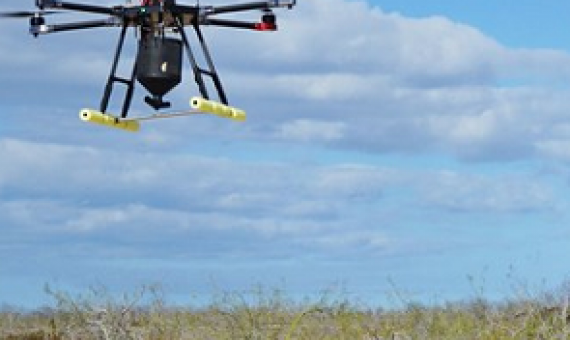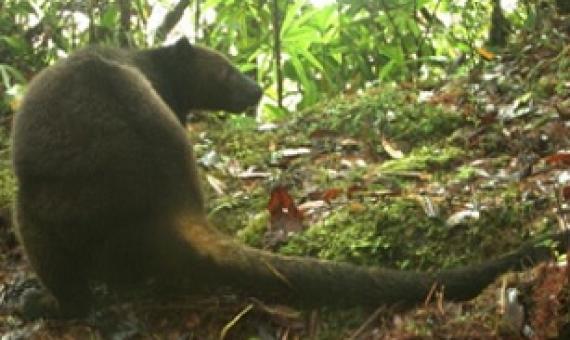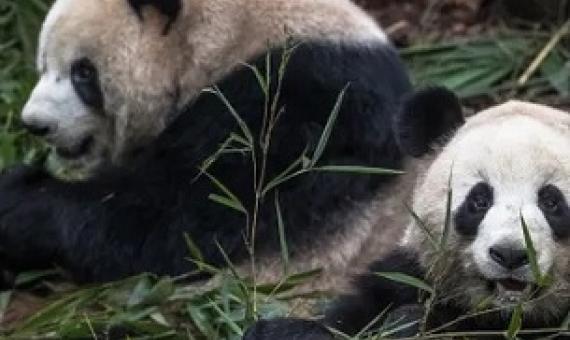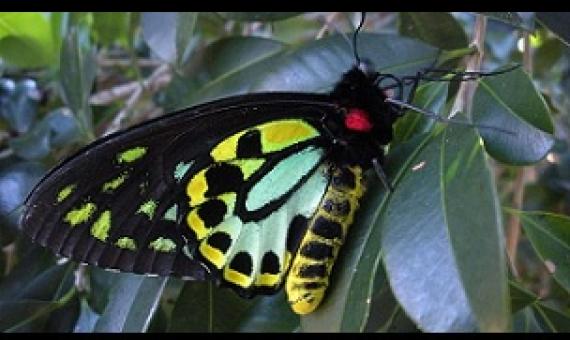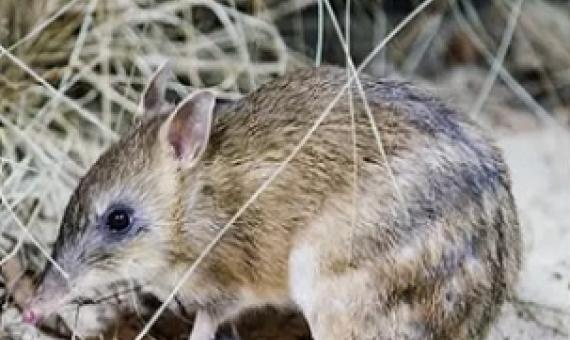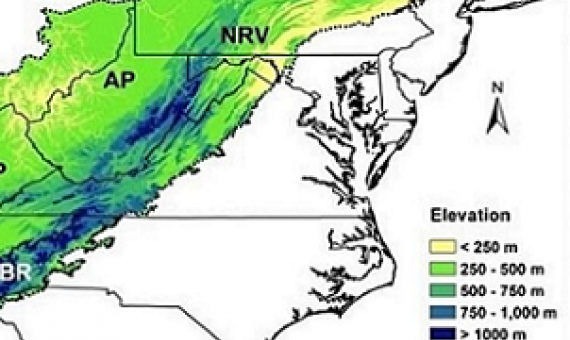The IUCN will soon be launching the IUCN Green Status of Species, a new assessment tool that will illuminate the ecological functionality of species within their ranges, and also show how much a species has recovered due to conservation efforts.
Testing a global standard for quantifying species recovery and assessing conservation impact
Recognizing the imperative to evaluate species recovery and conservation impact, in 2012the International Union for Conservation of Nature (IUCN) called for development of a“Green List of Species” (now the IUCN Green Status of Species).
Drones are set to fly new missions over Pacific atolls, aiming to replicate their coup in the Galápagos archipelago earlier this year by eradicating invasive rats endangering the survival of indigenous wildlife.
The Torricelli Mountains of northwestern Papua New Guinea are home to a wide variety of wildlife, including three species of tree kangaroos.
Giant pandas are no longer endangered in the wild, but they are still vulnerable with a population outside captivity of 1,800, Chinese officials have said after years of conservation efforts.
4600 hectares of additional land protected in Queensland, meaning the total protected area is 8.26% of the state. Half a million dollars in grants will be provided to landowners to better manage private protected land.
A herpetofauna with dramatic endemism signals an overlooked biodiversity hotspot
The Milne Bay Region of southeasternmost Papua New Guinea comprises a small portion of mainland New Guinea and several offshore islands, totaling 15,000 km2 in land area. I numerically summarize the literature and fndings from my feld surveys of the region’s herpetofauna and show that it contains the greatest known assemblage of range-restricted endemic herpetofauna globally for such a small area. Further, most of these species occupy only one or two of 11 small areas of local endemism within the region.
A Coalition government strategy to save Australia’s endangered wildlife has failed to meet targets to stem the decline of many birds, mammals and plants.
As temperatures and sea levels rise as a result of climate change, flora and fauna are migrating into new and unknown lands to survive.
Six kiwi have been released onto the Kaitake range in Te Papakura o Taranaki / Egmont National Park today where the call of our national bird has been absent for decades.


